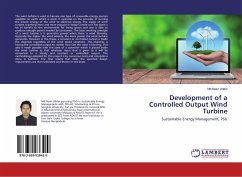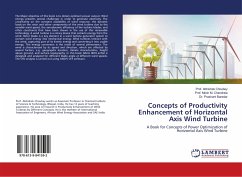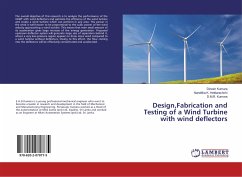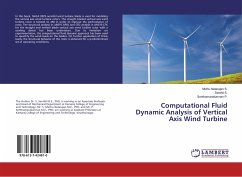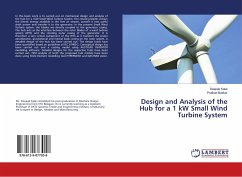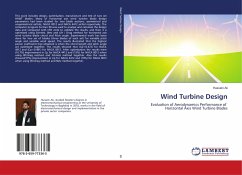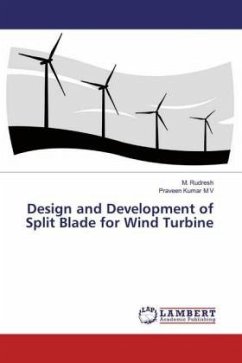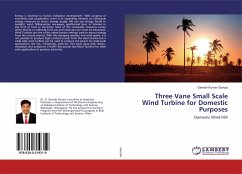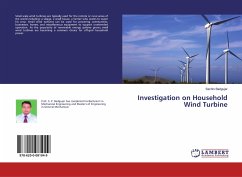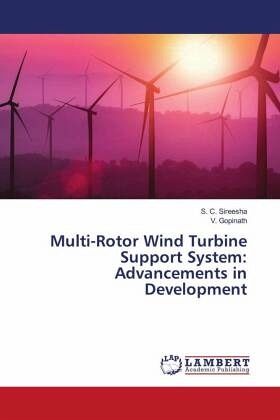
Multi-Rotor Wind Turbine Support System: Advancements in Development
Versandkostenfrei!
Versandfertig in 6-10 Tagen
45,99 €
inkl. MwSt.

PAYBACK Punkte
23 °P sammeln!
The earliest design of a wind power system with multiple rotors on a single support structure date back to the late 1800s. Such a system called a Multi-Rotor Wind Turbine (MRWT) was proposed by several researchers due to its perceived advantages over a single-rotor wind turbine. As turbine size increases, power produced by a rotor tends to scale up as the square of its diameter, as opposed to rotor weight which varies as its cube. So, several smaller rotors will weigh and cost less than one large rotor producing the same power. MRWTs offer several advantages such as better distribution of load...
The earliest design of a wind power system with multiple rotors on a single support structure date back to the late 1800s. Such a system called a Multi-Rotor Wind Turbine (MRWT) was proposed by several researchers due to its perceived advantages over a single-rotor wind turbine. As turbine size increases, power produced by a rotor tends to scale up as the square of its diameter, as opposed to rotor weight which varies as its cube. So, several smaller rotors will weigh and cost less than one large rotor producing the same power. MRWTs offer several advantages such as better distribution of loads, better logistics of the components and scope for standardization. The MRWT system can also continue operation even if some of the rotors fail. However, MRWTs require a complex support structure to connect the rotors to the tower and an arrangement to yaw them into the wind. A recent study involving a scaling model for a three-rotor MRWT system estimates a cost saving of 13.1% as compared to the NREL 5 MW single-rotor model.



